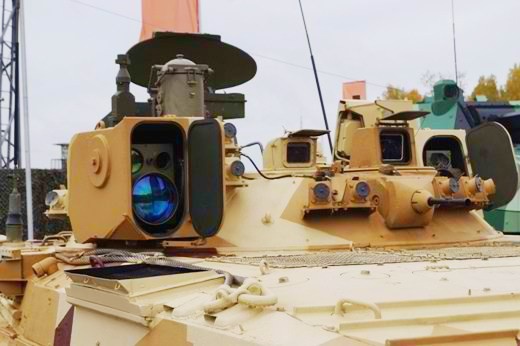Both the BMP-1 and BMP-2 have front mounted engines to allow rear doors for the troops to enter and exit, but by the time the BMP-3 came along the heavy engine and very heavy frontal armour plus the very heavy turret meant the engine could no longer be fitted to the front as it made the vehicle too nose heavy... being able to float is more than just density... it is balance too. The long narrow nose was good for ballistic protection but also for extending forward the weight of the frontal armour to counter the weight of the crew in the rear of the vehicle.
Being able to just roll into water was an enormous advantage... especially when there are large chunks of ice coming down the river that would smash a temporary bridge....
The irony is that the Soviets had lots of bad experience in WWII with turret overhangs where enemy soldiers would place charges under them... when ammo was stored in the turret overhangs such demolition charges often destroyed the tanks, which is why post war Soviet tanks shied away from turret bustles...







 Vympel
Vympel